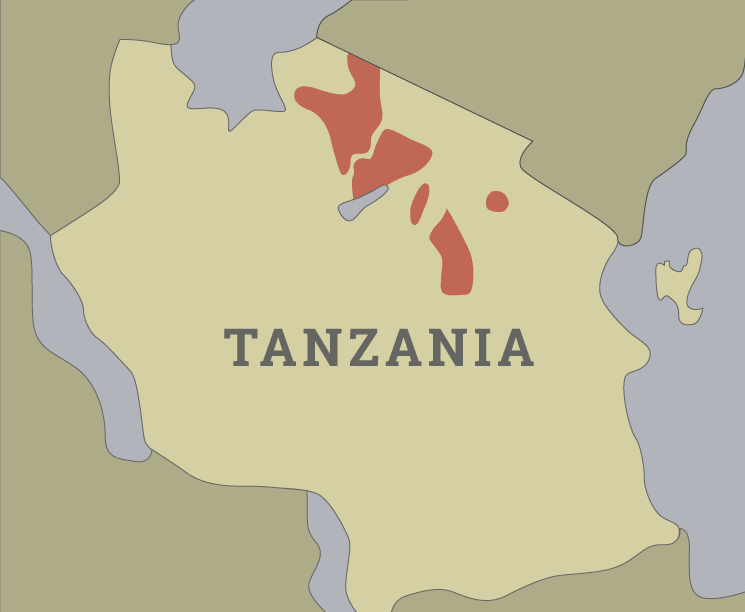Serengeti National Park
The Serengeti is the most renowned wildlife park in the entire world. Over 10,000 sq miles of pristine wilderness play host to the Great Migration and boast the highest density of large predators, including lions, leopards and cheetahs, in the world! Grass plains, woodlands, hills, and rivers abound. The variety and abundance of wildlife here is unmatched anywhere else in Africa. The Maasai translation of 'Serengeti' is 'Siringet' which means 'a vast land that runs forever, where endless plains meet the sky.'
View Full Tanzania Map
Lodging Options
Seasonal Highlights
Nearby Attractions







































